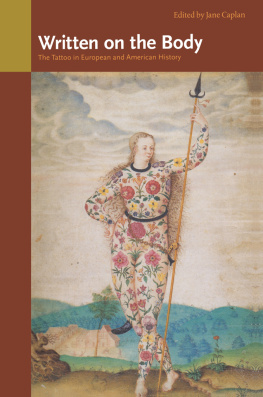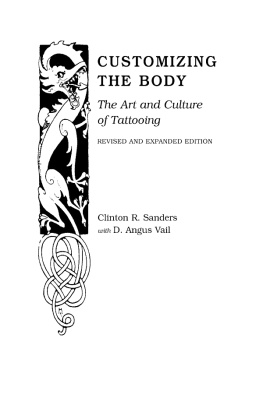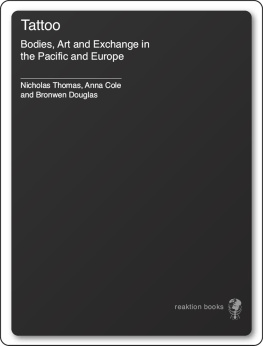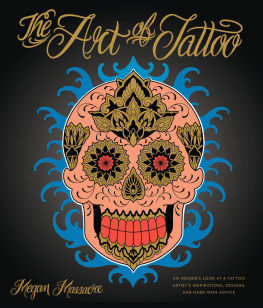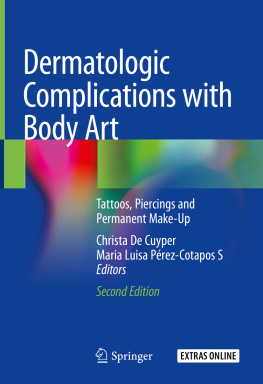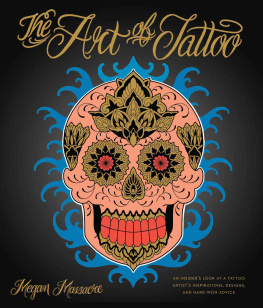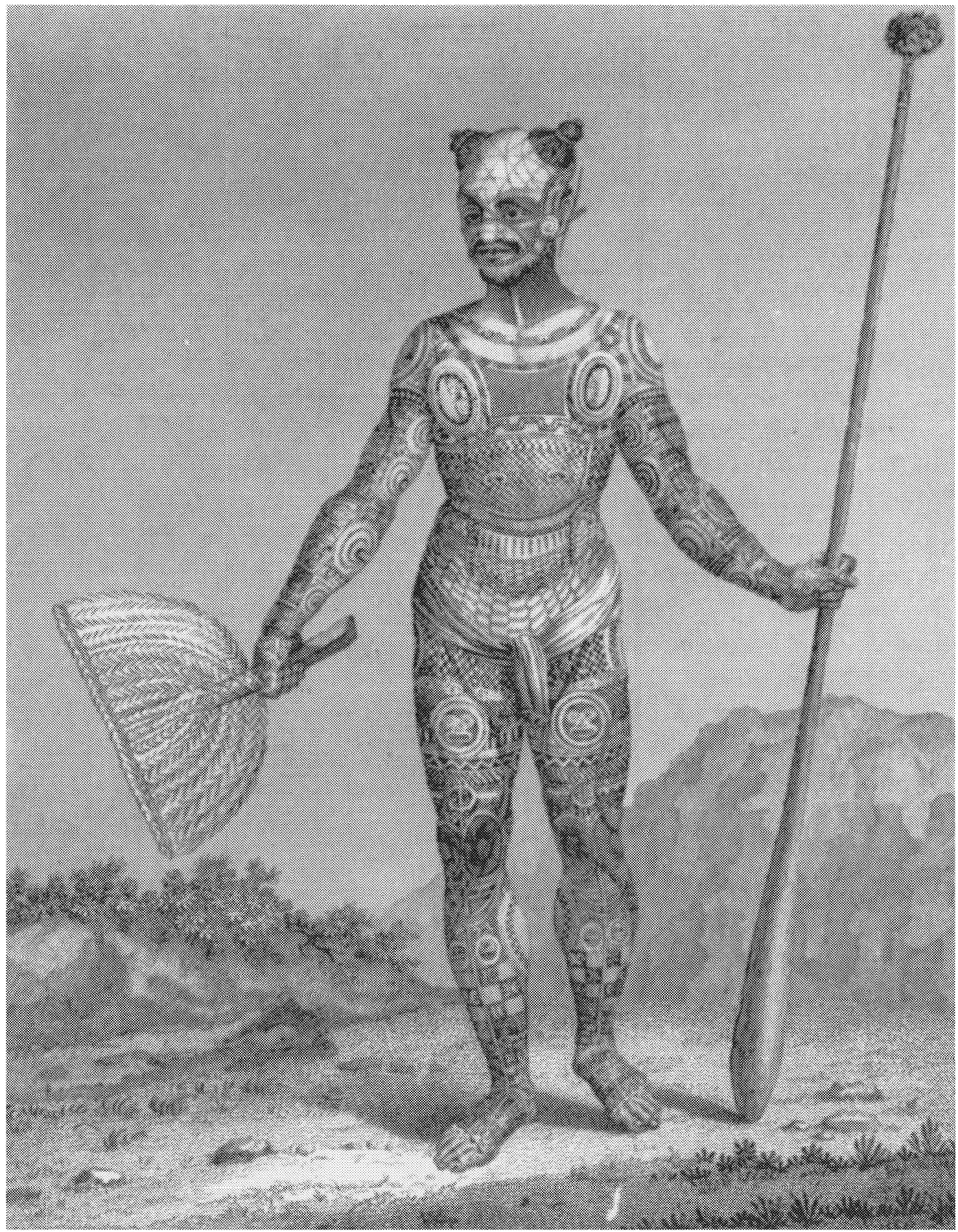Jane Caplan - Written on the Body: The Tattoo in European and American History
Here you can read online Jane Caplan - Written on the Body: The Tattoo in European and American History full text of the book (entire story) in english for free. Download pdf and epub, get meaning, cover and reviews about this ebook. City: Princeton, year: 2000, publisher: Princeton University Press, genre: History. Description of the work, (preface) as well as reviews are available. Best literature library LitArk.com created for fans of good reading and offers a wide selection of genres:
Romance novel
Science fiction
Adventure
Detective
Science
History
Home and family
Prose
Art
Politics
Computer
Non-fiction
Religion
Business
Children
Humor
Choose a favorite category and find really read worthwhile books. Enjoy immersion in the world of imagination, feel the emotions of the characters or learn something new for yourself, make an fascinating discovery.
- Book:Written on the Body: The Tattoo in European and American History
- Author:
- Publisher:Princeton University Press
- Genre:
- Year:2000
- City:Princeton
- Rating:5 / 5
- Favourites:Add to favourites
- Your mark:
Written on the Body: The Tattoo in European and American History: summary, description and annotation
We offer to read an annotation, description, summary or preface (depends on what the author of the book "Written on the Body: The Tattoo in European and American History" wrote himself). If you haven't found the necessary information about the book — write in the comments, we will try to find it.
Despite the social sciences growing fascination with tattooing--and the immense popularity of tattoos themselves--the practice has not left much of a historical record. And, until very recently, there was no good context for writing a serious history of tattooing in the West. This collection exposes, for the first time, the richness of the tattoos European and American history from antiquity to the present day. In the process, it rescues tattoos from their stereotypical and sensationalized association with criminality.
The tattoo has long hovered in a space between the cosmetic and the punitive. Throughout its history, the status of the tattoo has been complicated by its dual association with slavery and penal practices on the one hand and exotic or forbidden sexuality on the other. The tattoo appears often as an involuntary stigma, sometimes as a self-imposed marker of identity, and occasionally as a beautiful corporal decoration.
This volume analyzes the tattoos fluctuating, often uncomfortable position from multiple angles. Individual chapters explore fascinating segments of its history--from the metaphorical meanings of tattooing in Celtic society to the class-related commodification of the body in Victorian Britain, from tattooed entertainers in Germany to tattooing and piercing as self-expression in the contemporary United States. But they also accumulate to form an expansive, textured view of permanent bodily modification in the West.
By combining empirical history, powerful cultural analysis, and a highly readable style, this volume both draws on and propels the ongoing effort to write a meaningful cultural history of the body. The contributors, representing several disciplines, have all conducted extensive original research into the Western tattoo. Together, they have produced an unrivalled account of its history. They are, in addition to the editor, Clare Anderson, Susan Benson, James Bradley, Ian Duffield, Juliet Fleming, Alan Govenar, Harriet Guest, Mark Gustafson, C. P. Jones, Charles MacQuarrie, Hamish Maxwell-Stewart, Stephan Oettermann, Jennipher A. Rosecrans, and Abby Schrader.
Jane Caplan: author's other books
Who wrote Written on the Body: The Tattoo in European and American History? Find out the surname, the name of the author of the book and a list of all author's works by series.

